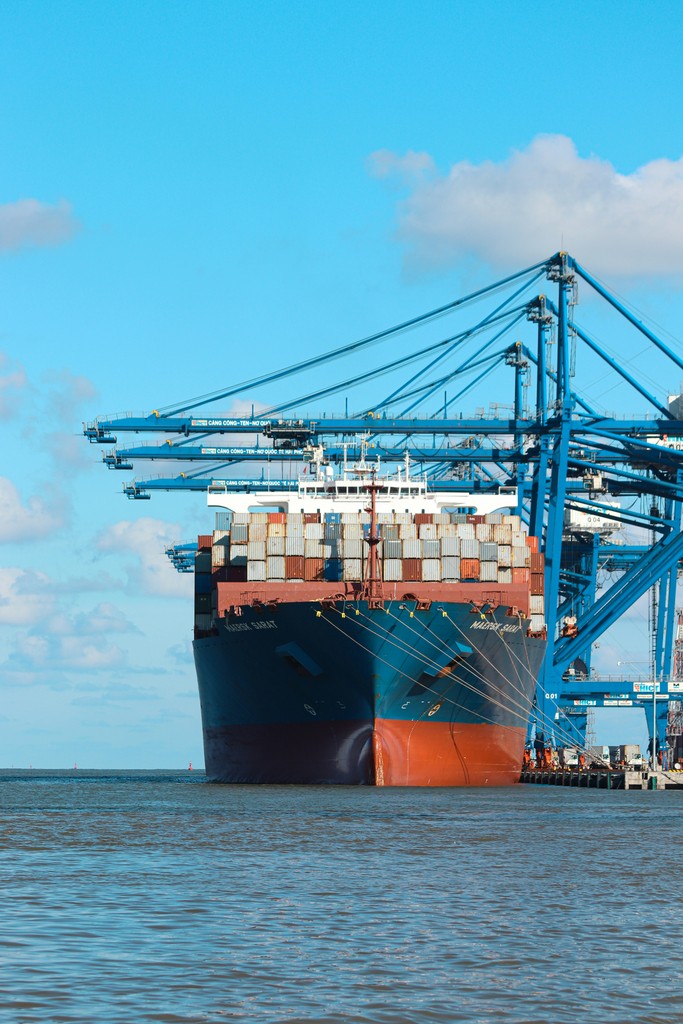Counter UAS
Acoustic Drone Detection
AI-Powered acoustic drone detection technology for military installations and critical infrastructure
AI-Powered acoustic drone detection technology for military installations and critical infrastructure
Optimized chemical dosing with AI-Enhanced algorithms, reduced costs, minimized environmental impact.

Intelligently monitor your equipment, get detailed reports and an instant alerts if your equipment's status changes.
Ensure regulatory compliance and get a complete image of noise pollution for industrial areas, manufacturers and construction.